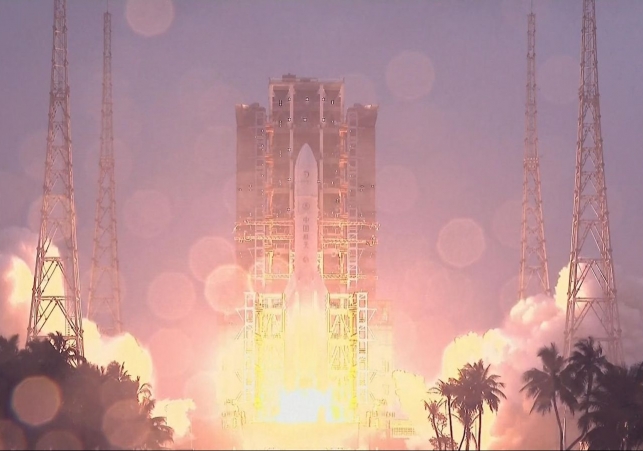
China sets its sights on the Moon's far side
China's historic moon mission: Chang'e-6
China has launched the Chang'e-6 mission, aiming to make history by collecting rock and soil samples from the far side of the Moon. This ambitious endeavor builds upon the success of China's Chang'e-4 lander and rover, which achieved the first-ever landing on the lunar far side in 2019.
Exploring the lunar far side
The Chang'e-6 spacecraft, launched atop the Long March 5 rocket, is targeting a landing in the southern portion of the Apollo crater within the South Pole-Aitken basin. This basin is an ancient impact site believed to contain crucial insights into the Moon's composition and early evolution.
The mission aims to collect around 2 kg of material from beneath the lunar surface and return it to Earth for analysis. With scientific instruments from France, Italy, Sweden, and Pakistan onboard, Chang'e-6 seeks to achieve breakthroughs in lunar orbit technology and sample collection methods.
ALSO READ: Unprecedented Threat: Indian Ocean's escalating heatwave crisis
A step towards understanding the moon
Chang'e-4's previous discoveries, including a layered structure beneath the lunar surface, have challenged existing theories about the Moon's formation. If successful, Chang'e-6's samples could provide vital clues about the Moon's mantle composition, shedding light on its geological history.
China's lunar exploration program, part of its broader space ambitions, aims to establish a permanent lunar base through the International Lunar Research Station program by the 2030s. The Chang'e-6 mission marks a significant milestone in China's space exploration journey, showcasing its growing capabilities in deep space exploration.





